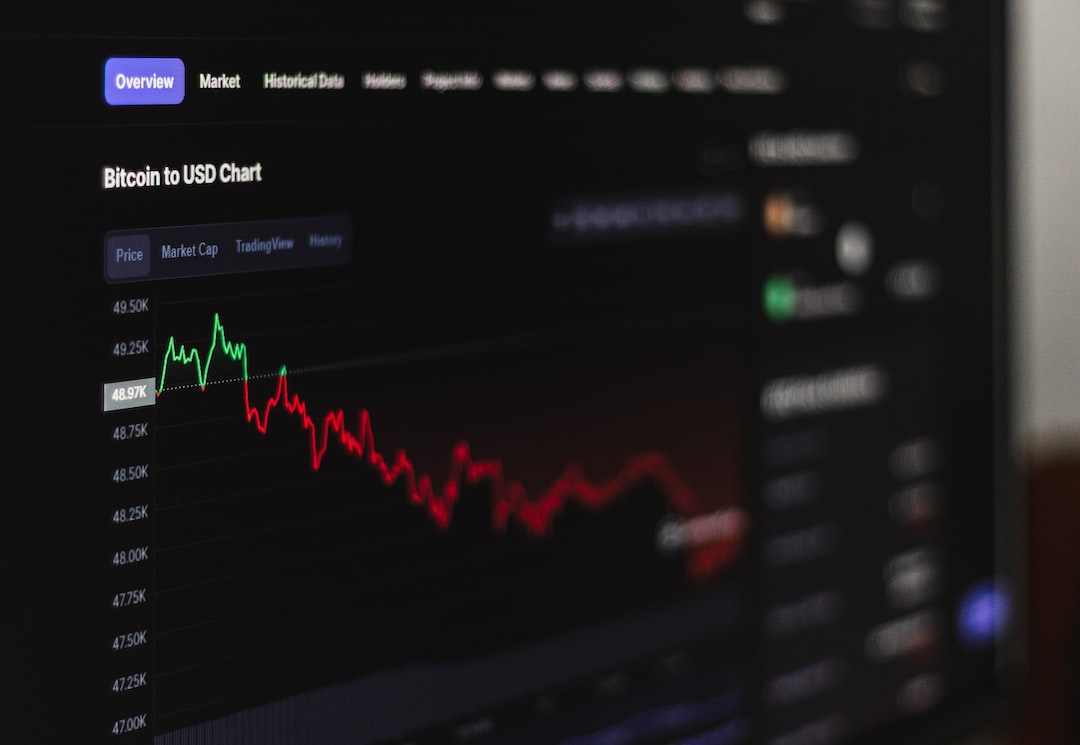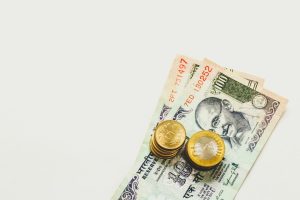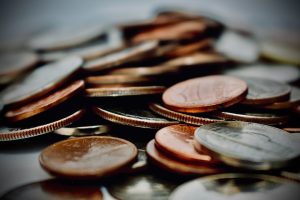Forex, also known as foreign exchange, is the process of exchanging one currency for another. It is a crucial aspect of international trade and commerce, and as such, it is essential to have an accurate and reliable financial model in place to guide decision-making processes. R is a programming language that is widely used in finance due to its ability to perform complex statistical analysis and visualizations, making it an ideal tool for building financial models.
Here are the steps to building a financial model in R for forex:
1. Define the Problem
The first step in building a financial model is to define the problem you are trying to solve. This could be anything from predicting currency exchange rates to calculating the risk associated with a particular investment. Once you have defined the problem, you can begin to gather the necessary data.
2. Gather Data
The next step is to gather data. There are several sources of data that can be used to build a financial model, including historical exchange rate data, economic indicators, and news articles. The data should be organized and cleaned before it is used in the model.
3. Build the Model
Once the data has been collected, the next step is to build the model. There are several different types of models that can be used for forex, including regression models, time series models, and machine learning models. The choice of model will depend on the problem you are trying to solve and the data that you have collected.
4. Validate the Model
After the model has been built, it is important to validate it to ensure that it is accurate and reliable. This can be done by comparing the model’s predictions to actual exchange rates or by using backtesting to test the model’s performance on historical data.
5. Use the Model
Once the model has been validated, it can be used to guide decision-making processes. This could involve using the model to predict future exchange rates or to calculate the risk associated with a particular investment.
6. Monitor and Update the Model
Finally, it is important to monitor and update the model regularly to ensure that it remains accurate and reliable. This could involve updating the model with new data or refining the model based on feedback and new insights.
In conclusion, building a financial model in R for forex involves defining the problem, gathering data, building the model, validating the model, using the model, and monitoring and updating the model. By following these steps, you can create an accurate and reliable financial model that can guide decision-making processes in the world of forex.





